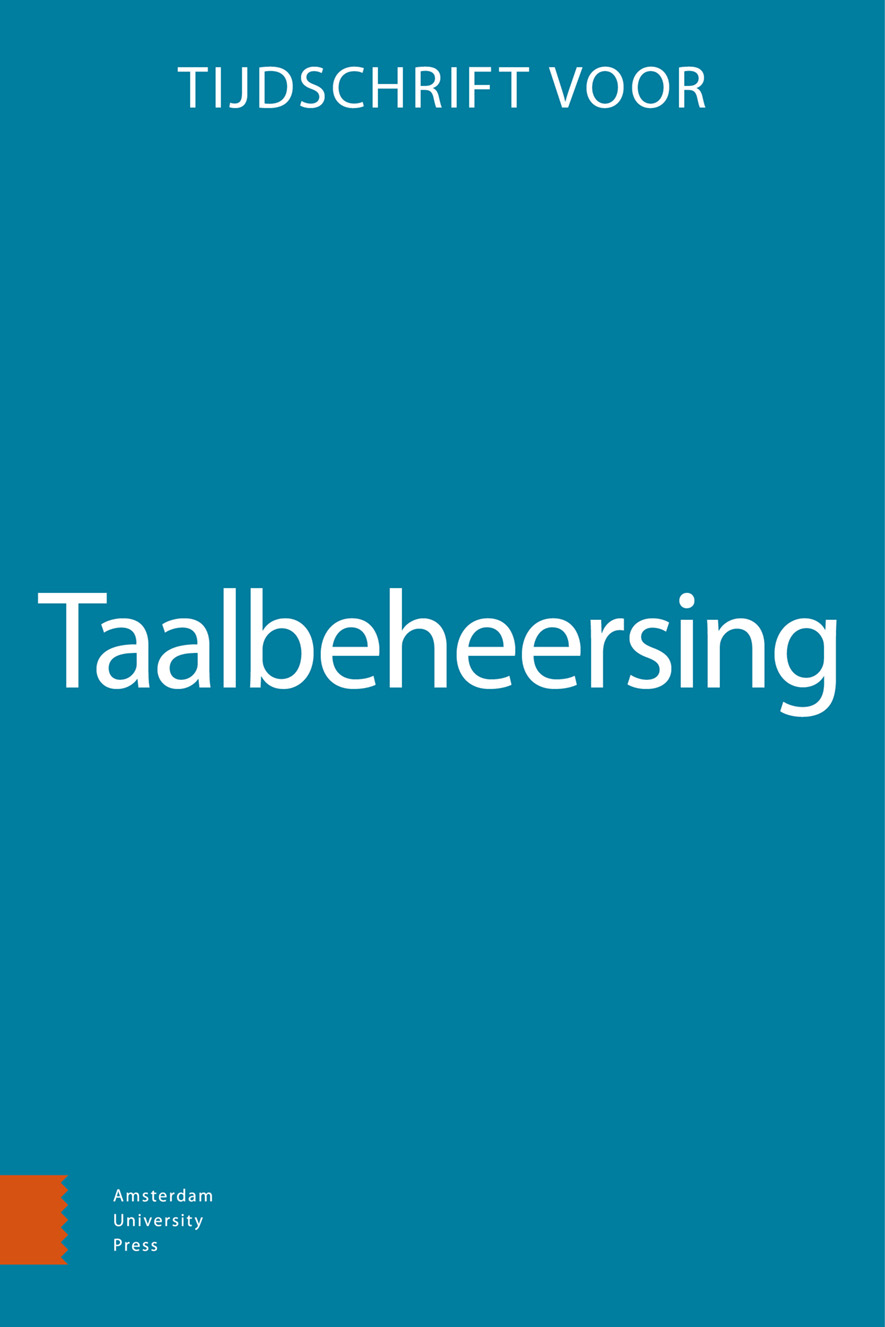-
oa Welke rol kan communicatie spelen bij het oplossen van grote maatschappelijke problemen?
- Amsterdam University Press
- Source: Tijdschrift voor Taalbeheersing, Volume 45, Issue 2/3, Dec 2023, p. 217 - 243
-
- 15 Dec 2023
- Previous Article
- Table of Contents
- Next Article
Abstract
What role can communication play in solving big societal issues?
Communication has served humanity well. It thus makes sense that communication is perceived as a promising instrument for bringing about changes in human behavior that are necessary to solve major problems facing the world. However, to change behavior related to climate change, health, or the environment will require changing deeply held and emotionally charged beliefs. Recent research questions the ability of persuasive messages to bring about such changes: because the information differs from one’s existing beliefs, the message is often dismissed as unbelievable; and even if people are willing to look at the arguments, many in most cases lack the ability to appreciate those arguments. And those who are able to do so, are inclined to evaluate these arguments more critically. Communication probably can play an important role in bringing about the necessary changes but not as an instrument in itself.


